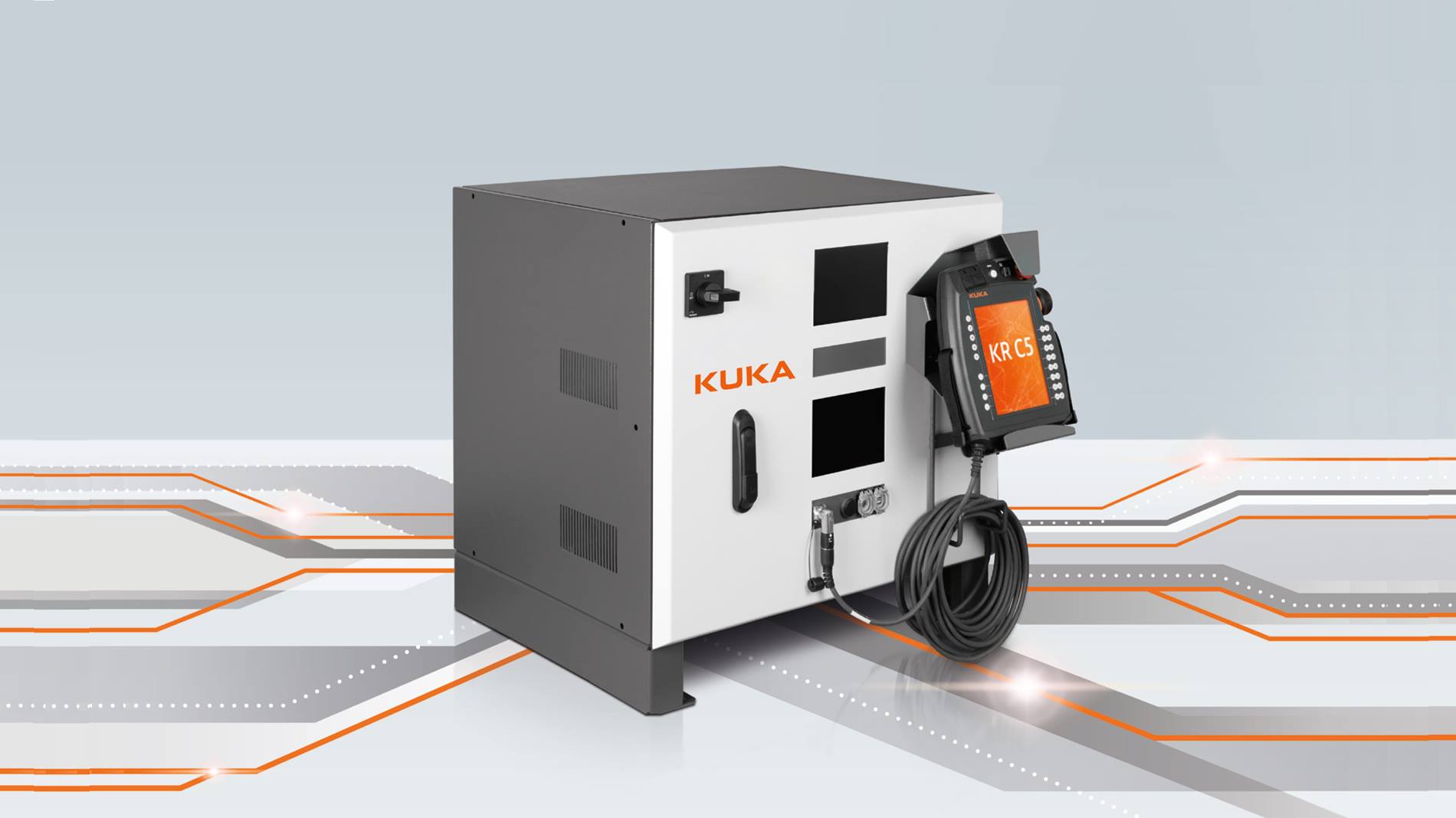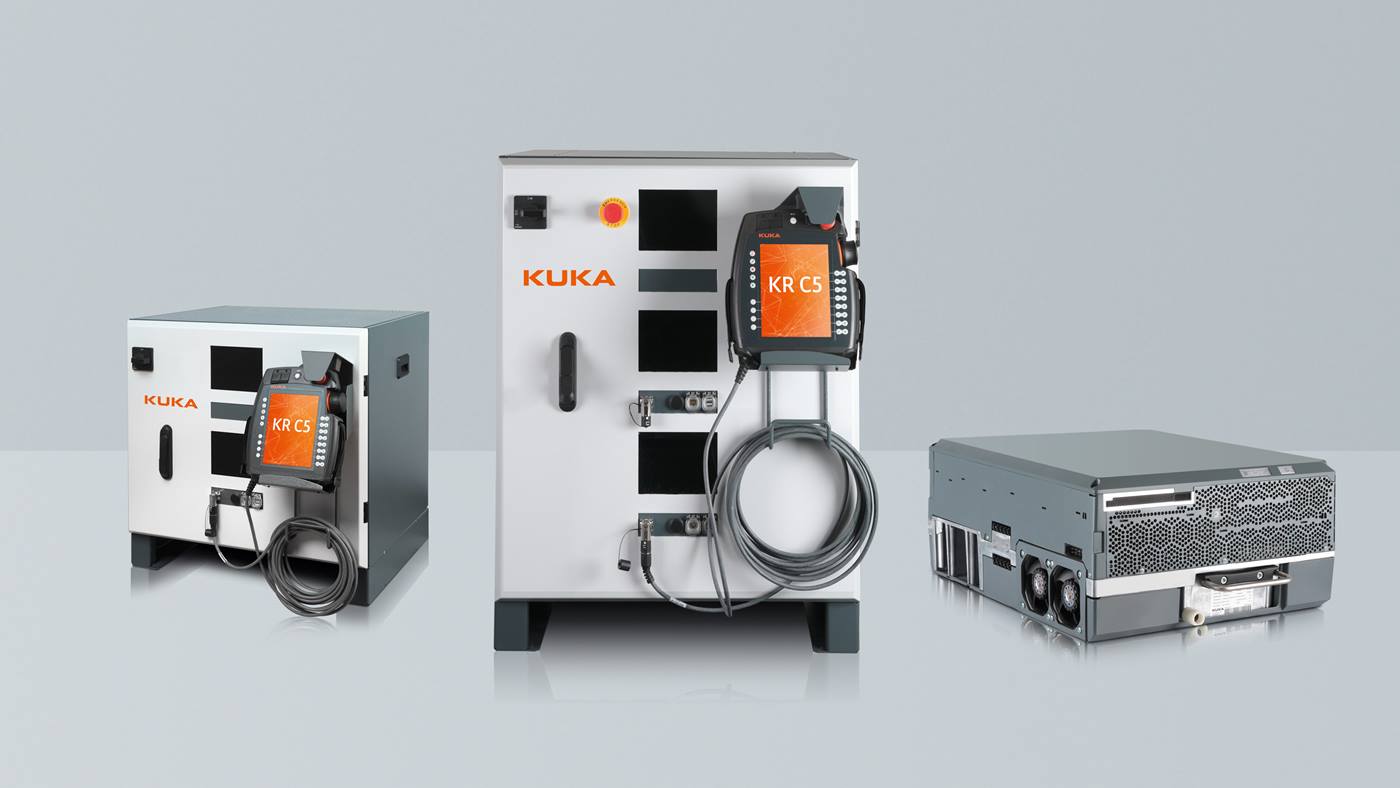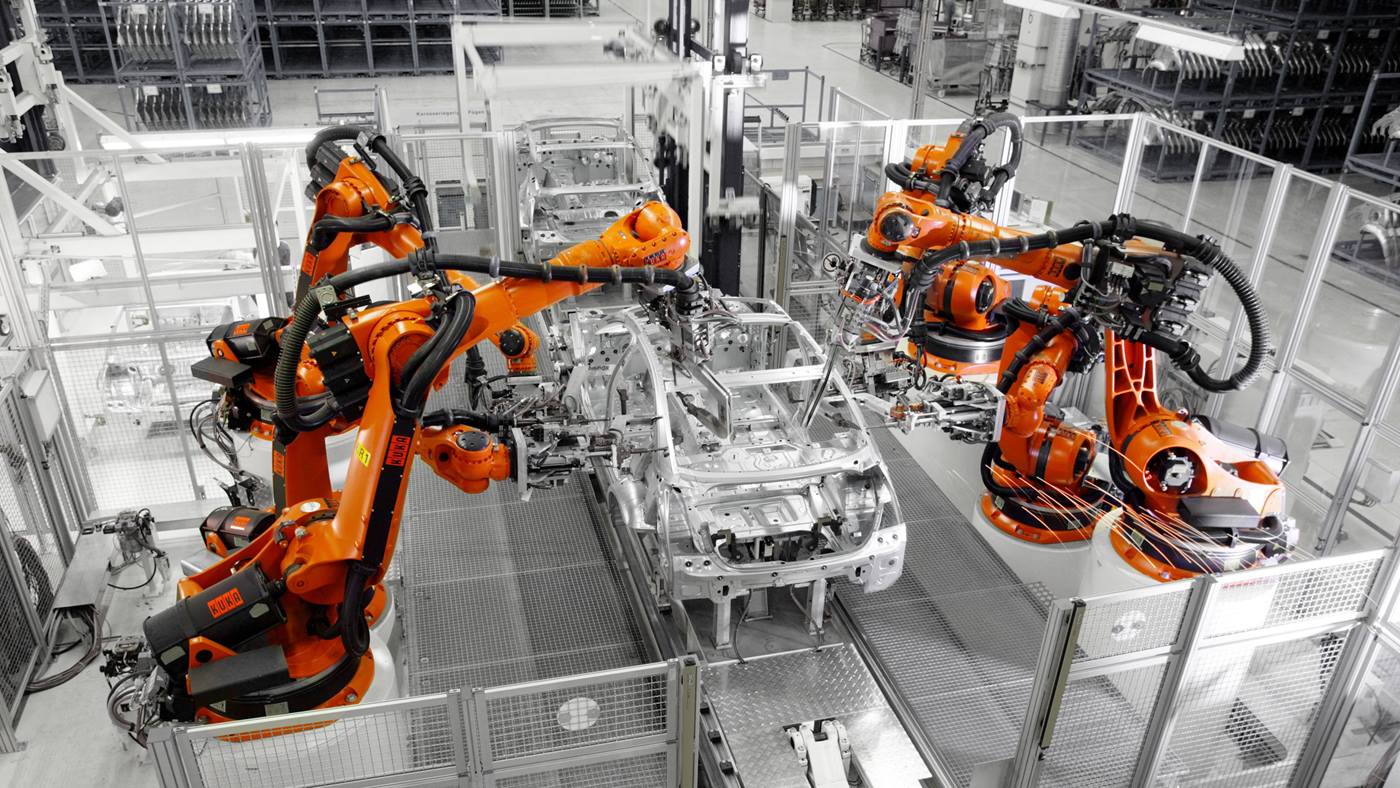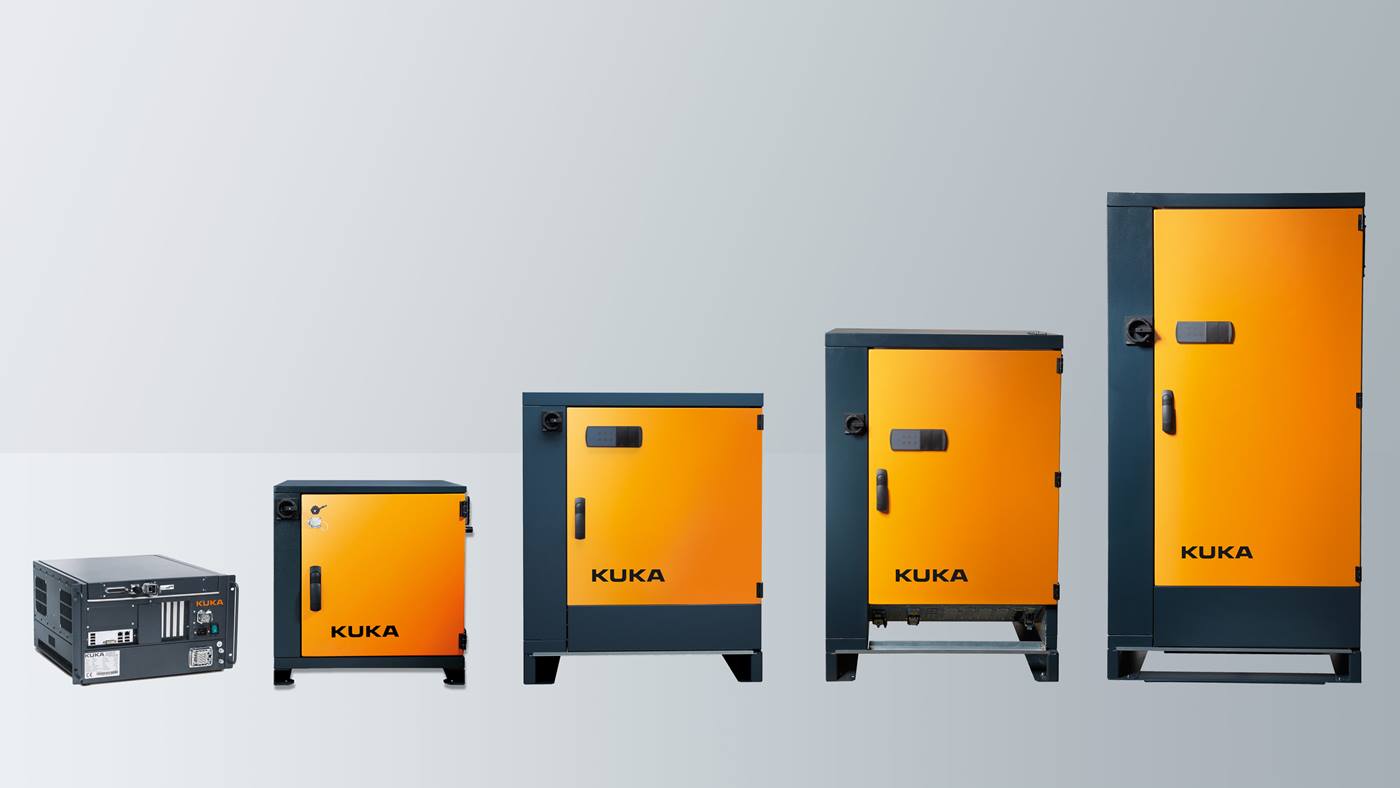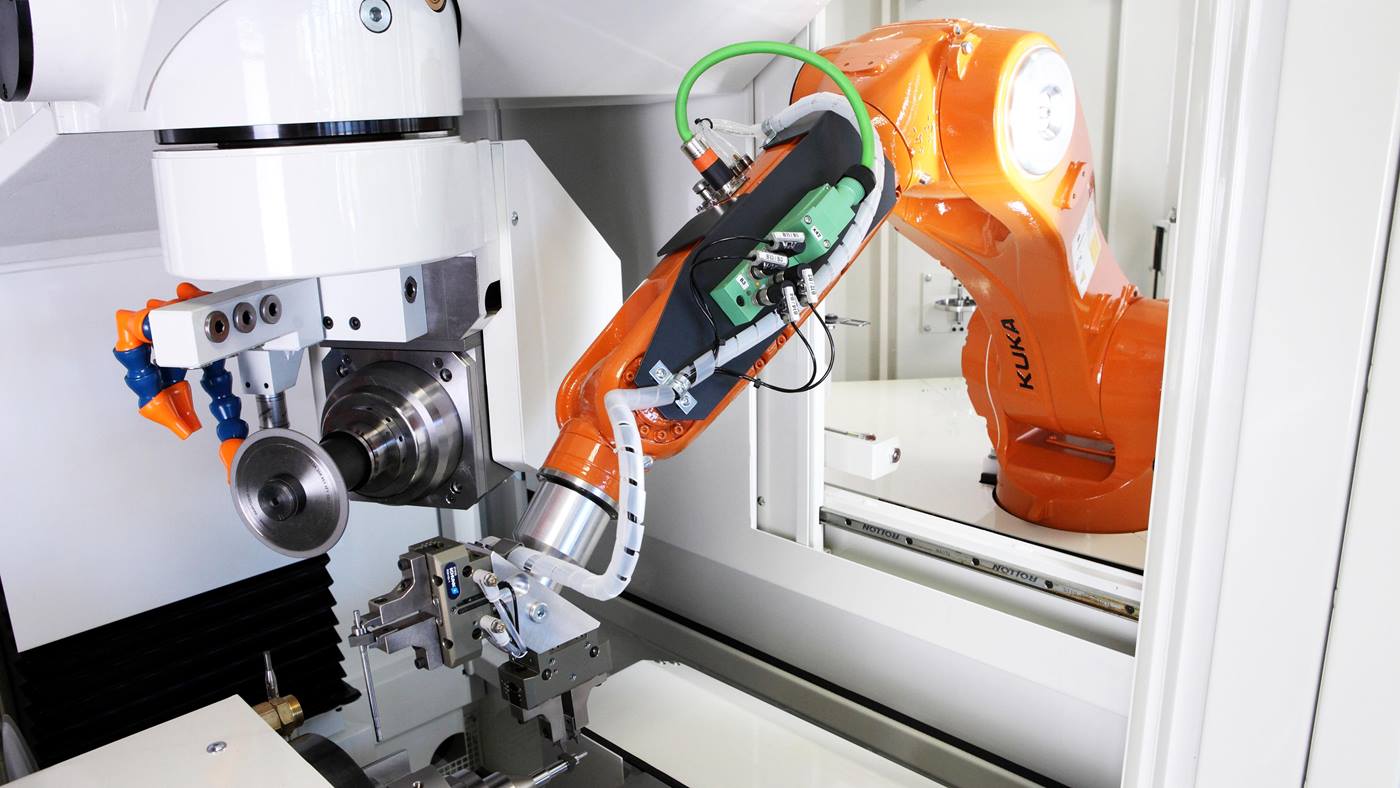The KR C5 robot controller has been on the market for almost a year – and is proving very popular, particularly due to its energy efficiency and the reduction of the total costs of ownership (TCO). The KR C5 reduces the energy consumption of a robot system by up to 15% compared with the operation of its predecessor controllers. Furthermore, its reliable and durable hardware as well as the Functional Twin, which makes facilitates the changeover to the new generation of controllers, ensure a reduction in the total costs of ownership (TCO) and sustainability in production.
As confirmation of this, KUKA will be supplying around 250 controllers to BMW in Dingolfing, Germany by the beginning of 2022 alone. “There, work is currently underway on the successor generation of the BMW G60 5 Series, which is expected to appear in the fall of 2023. The smart robot controller KR C5 is to be used to support production in the area of doors and hatches,” says Sabrina Majovsky, Key Account Manager BMW at KUKA.
Future-proof and cost-effective
This order from Bavaria was preceded by extensive pilot tests, which started on site back in July 2020 with the introduction of the prototype. “It was especially important for us to take production to a new level. We place a high value on using the latest technology and therefore decided early on to put the new robot controller from KUKA into operation at our plant,” notes Markus Lehmann, Head of System Technology – Robotics at BMW, in explaining the decision. The KR C5 contains fewer hardware components than its predecessor, the KR C4. Fast replacement of the highly integrated controller modules minimizes downtime for the production line in the event of a fault. Another plus point: in the future, the KR C5 will also enable the use of cloud-based services as well as iiQKA, KUKA’s new robot operating system.
The customer was particularly impressed by the controller’s energy efficiency. Andreas Knöpfle, portfolio manager for the new generation of controllers at KUKA, quantifies this advantage in figures: “The energy consumption of a robot system is up to 15 percent lower if a KR C5 is used instead of a KR C4 controller.”
Functional twin: Simple integration, fast start-up and minimized training requirements
The Bavarian automaker uses the KR C5 as a supplement to the KR C4 predecessor version, which continues to be used at other body production stations. One advantage: both controller versions offer users the same functions and the same operator control concept. As a result, the amount of training required is significantly reduced for customers like BMW.
Continuous further development of the controller
Besides BMW, other customers from the automotive industry are also placing their trust in the new generation of the robot controller. Moreover, KUKA is already working, for example, on further installation options for customers to maximize flexibility of operation in production. With the new KR C5 controller generation, KUKA is pursuing the objective of supporting its customers in the implementation of future-oriented and sustainable production.

